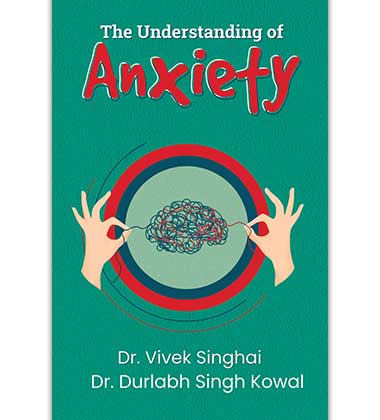
Since I have been conducting personality tests for more than 20 years, it has become clear that anxiety is a necessary component of being a student and a job applicant. Even in the past, they had to deal with stressors like yearly exam pressure, career planning, job-seeking methods, coaching sessions, and comparisons to others. Real anxiety begins to set in as life commitment advances in the physical, social, financial, and mental paths until one learns to fight the anxieties and becomes realistically hopeful like a mature individual. Even the miseries experienced by anxiety don’t stop at the acquisition of a job or some occupational stability.
As the needs in Maslow's hierarchy are met at various phases of life, anxiety develops.
With the rise in its prevalence in India and worldwide, anxiety disorders have became most common psychiatric illness impacting the living quality and productivity of an individual.
These disorders usually remain under detected and untreated due to gap in its treatment.
It affects the most to the working age group and their functionality. It positively correlates with various factors which are urban areas, accessibility of primary mental health care, stigma, cost of treatment, low socio-economic status, disability, higher expectations obsessive compulsions, post traumatic stress, pandemic and phobias. The anxiety becomes pathological when it is significantly affects the individual’s quality of life, manifesting itself frequently, in inappropriate moments, and disproportionately to the real threat posed by the situation.
Therefore, it is crucial to comprehend what anxiety is. What are its causes, signs, and how is it spreading? Which methods are used to manage anxiety? We produced this book in its first volume to educate readers about anxiety in a straightforward manner. The subject information is made simple to understand without a lot of jargon for better reach into the audience. Since it is inevitable, readers may notice certain parallels between this book and the earlier one, particularly in the contents, but both professional and non-professional audiences will be interested in this work. Finally, we hope that by incorporating knowledge of this phenomenon, students will get something from the book that will help them control their anxiety.





